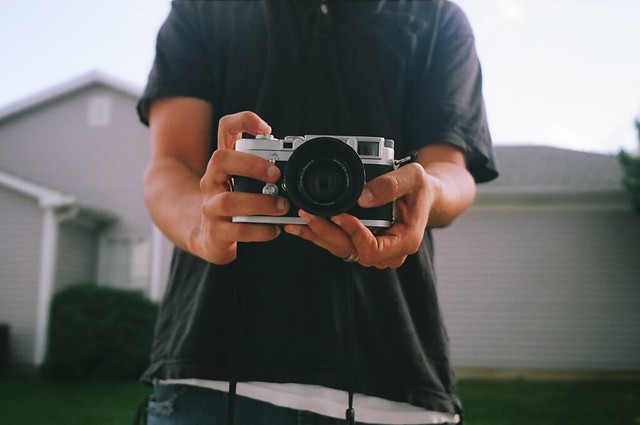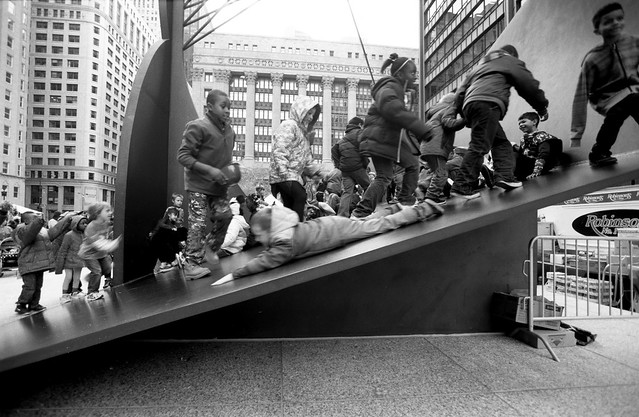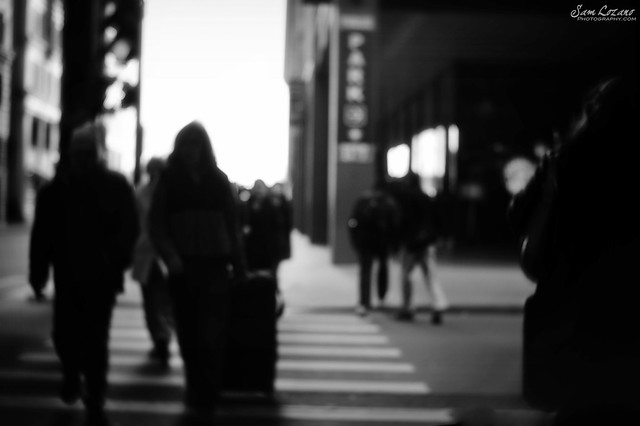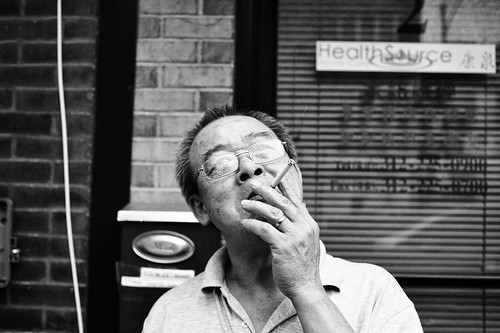I recently had the pleasure of dealing with Youxin Ye, who quite simply is one of the most remarkable camera repairmen around. When it comes to photography equipment, I tend to buy everything used. You lose the possibility of warranty repair, but gain 30-40% in price reduction. Unless you're talking Leica of course. Then you're more likely to see a 30-40%
increase in price (I'm exaggerating of course but prices are still pretty silly). The only way to get affordable Leica gear is to buy used and to take a trip in the photo time machine. I've bought a 60 year old 35/3.5 Summaron in absolutely horrible shape (hazy, scratches on the interior elements, stiff focus, the focusing cam was in backwards [!], and my 60 year old Summitar 50/2 had an incredibly stiff aperture ring - so stiff that I tended to set the aperture once per hour and vary my shutter in response to variations in exposure. So, shutter-priority by necessity. And finally my M3 - supposedly the crown jewel of rangefinders, I bought cheap and I bought in heavily used condition. The vulcanite was starting to fall off and my primary concern was that the viewfinder seemed dimmer than it should - this was my first Leica so I didn't really have anything to compare to. But most of the online cognoscenti seemed to agree that looking into an M3 viewfinder was like Staring Into The Eye of God. I couldn't see the hype though - it was so-so bright and the 50 framelines are very big but I wasn't really entering a Nirvana state (didn't stop me from running more than 15 rolls of film through it in the first month).
For all of these repairs, the first person I contact is Youxin Ye. He's extremely knowledge, priced very reasonable, and works incredibly fast. I mean insanely fast. As in he may finish your repair/CLA on the same day that the lens arrives. And ship it the next day.
He took the Summaron and disassembled it, cleaned it. The haze didn't go away fully (it's probably etched in the glass by now) but it did help matters. The Summitar came back in fabulous shape, the aperture ring is Leica-smooth now, perfect. And the M3 is now back in my greedy little hands in amazing shape. The film advance (dual stroke) is just phenomenal - I dry-fired the shutter at least 10 times in a row just to feel how buttery it was. The viewfinder is like night and day, the brightness was doubled (seemingly) - now I see why the M3 is regarded as the best camera ever.
So overall, I can highly recommend Youxin and his camera services.
Update [01/21/2015] : I thought I'd update this post with additional comments. After shooting about 80 or 90 rolls of film with the M3, I noticed that the viewfinder was beginning to separate - it shows up as a light bar on each edge of the viewfinder glass (the inner element). Eventually the separation gets worse and worse until the prism separates and the VF blacks out entirely. My separation was getting pretty bad and the contrast in the finder was worsening so I sent it back to Youxin to recement the prism. This work only took about 2 weeks and roughly $150 - way cheaper than I thought. Now that I have it back it's even brighter and clearer than after the original CLA.
http://www.yyecamera.com








